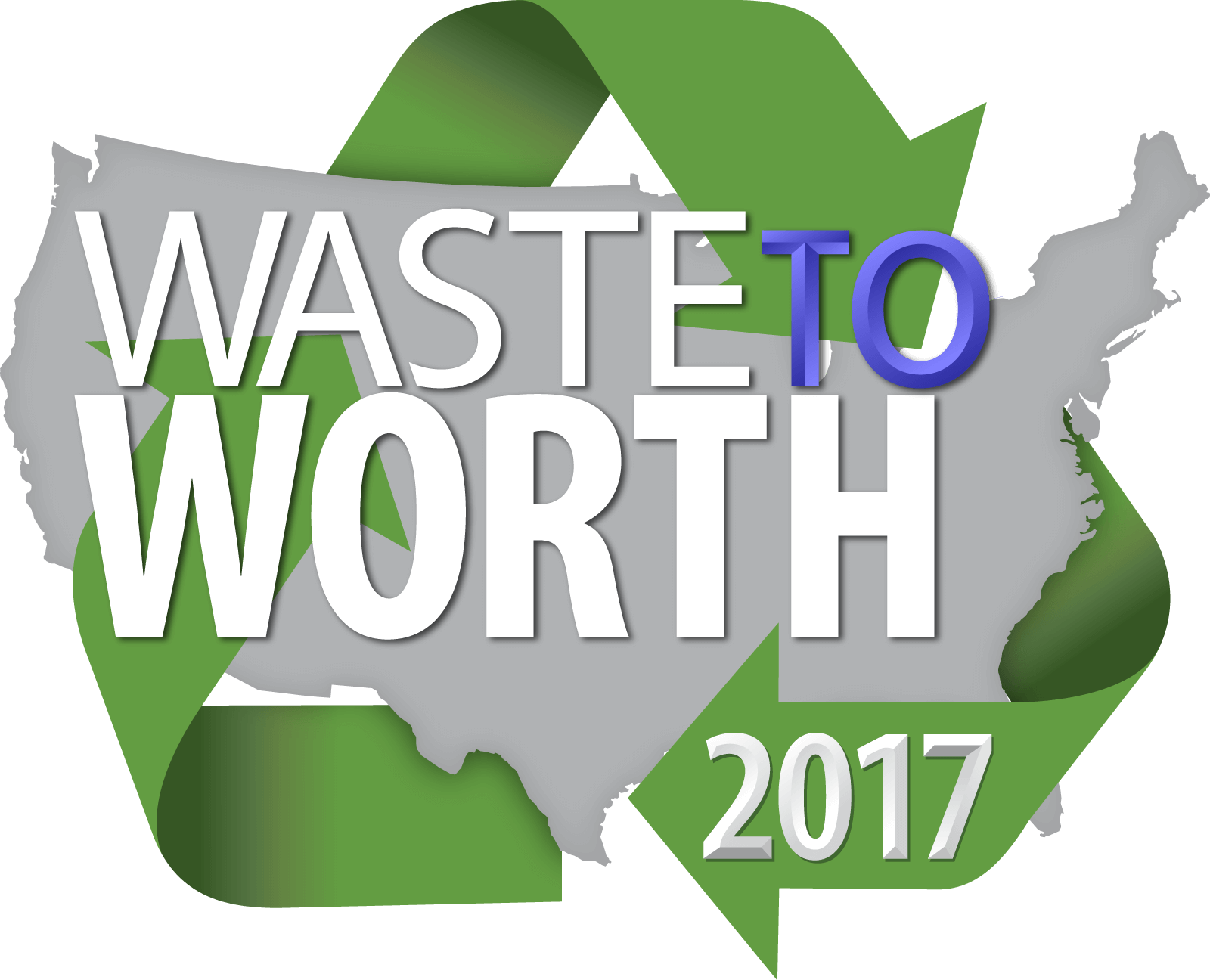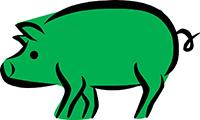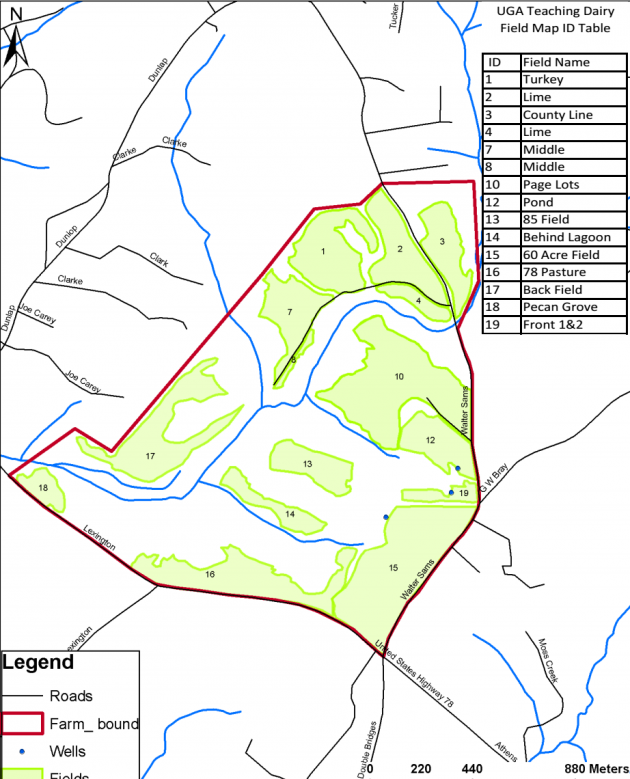Proceedings Home | W2W Home 
*Purpose
As producers of livestock and agricultural crops continue to focus significant efforts on improving the environmental, economic, and social sustainability of their systems, increasing the utilization of livestock manure in cropping systems to offset inorganic fertilizer use benefits both sectors of agriculture. However, promoting manure based purely upon nutrient availability may not be sufficient …


 In swine production, maximizing growth rate while minimizing inputs (efficiency) is a top aim of most farmers. This helps an operation become more profitable, but it also has positive
In swine production, maximizing growth rate while minimizing inputs (efficiency) is a top aim of most farmers. This helps an operation become more profitable, but it also has positive  Agriculture …
Agriculture …